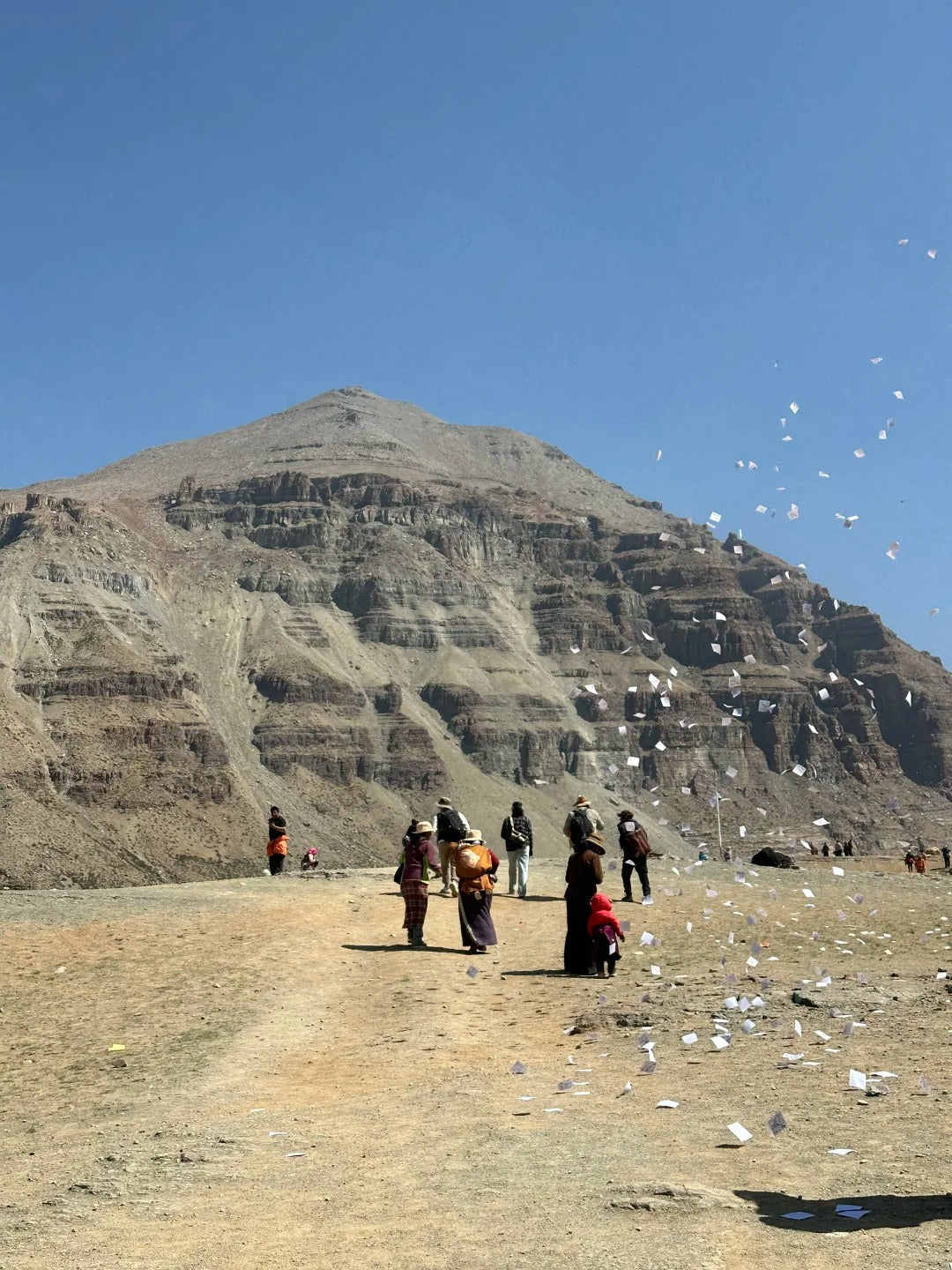
Mount Everest Prayer Flags: Sacred Symbols on the World's Highest Peak
High on the wind-swept slopes of the Himalayas, mountaineers and pilgrims alike encounter a dazzling sight: Mount Everest prayer flags fluttering in the thin, icy air. These vibrant banners, strung across rocky cairns and summit shrines, are more than just a tradition—they are living symbols of spirituality, hope, and the human quest for connection at the very roof of the world. This in-depth guide explores the origins, rituals, and cultural meanings of Mount Everest prayer flags, and reveals how these simple cloths have become a universal emblem for climbers, locals, and spiritual seekers.
The Origins of Mount Everest Prayer Flags
Long before Mount Everest became a goal for modern adventurers, its slopes and valleys were revered by local communities. Prayer flags, known as lungta (meaning “wind horse” in Tibetan), have been part of Himalayan life for centuries. Their roots trace back to ancient pre-Buddhist Bon traditions, later woven into Tibetan Buddhism as a way to send prayers, blessings, and good fortune on the wind.
Prayer flags are not exclusive to Everest, but the mountain’s sacred status—the Nepalese call it Sagarmatha, the Tibetans Chomolungma—has made it a focal point for this tradition.
What Do Mount Everest Prayer Flags Represent?
Each set of prayer flags typically features five colors representing the five elements—blue (sky/space), white (air), red (fire), green (water), and yellow (earth). Printed with sacred mantras, deities, and symbols, these flags are believed to carry prayers for peace, compassion, and protection far and wide as the wind moves them across the landscape.
The act of hanging prayer flags on Mount Everest is both a spiritual offering and a symbolic gesture of respect for the mountain’s power and the lives it touches.
The Rituals of Hanging Prayer Flags on Everest
The raising of prayer flags is a carefully observed ritual among Sherpas and climbers. Before a major expedition, a puja ceremony is conducted at base camp or high camps. Prayer flags are blessed by a lama or monk, hung around altars (chortens), and draped from tents and equipment for protection.
During the puja, climbers ask permission from the mountain’s spirit and seek blessings for safe passage—a practice that blends Buddhist, animist, and mountaineering traditions.
Cultural Meaning for Sherpas and Local Communities
For the Sherpa people, Mount Everest prayer flags are woven deeply into daily life, belief, and community identity. Hanging new flags is a way to honor ancestors, mark festivals, and celebrate important life events. On Everest, where the risks are immense, prayer flags invoke the mountain’s blessing and remind all who see them of the fragility and sanctity of life.
Prayer Flags and the Mountaineering Experience
Almost every climber who reaches Everest Base Camp or the summit leaves a string of prayer flags behind. For many, it is the final act of an arduous journey—a moment of humility and gratitude. The sight of hundreds of faded flags on the summit is a testament to generations of climbers, Sherpas, and pilgrims, all united in hope and reverence.
The flags also serve as a poignant memorial to those who have lost their lives on the mountain, their prayers forever carried on the wind.
Environmental Impact and Responsible Practices
The tradition of leaving Mount Everest prayer flags is not without controversy. With thousands of climbers visiting every year, the accumulation of faded, torn flags has become an environmental issue. Responsible climbers and local organizations now encourage the use of biodegradable materials and the removal of old flags to protect the fragile ecosystem.
Balancing spiritual practice with environmental stewardship is an ongoing challenge on Everest’s sacred terrain.
Artistic and Symbolic Influence Worldwide
Mount Everest prayer flags have transcended their Himalayan origins, becoming a global symbol of peace, hope, and the interconnectedness of all beings. They are found in gardens, yoga studios, and meditation centers around the world—reminders of both the mountain’s majesty and the universal longing for harmony.
How to Hang Your Own Prayer Flags with Intention
If you are inspired by the tradition of Mount Everest prayer flags, consider these respectful practices:
- Set an Intention: Before hanging flags, reflect on your wishes for yourself and the world.
- Use Biodegradable Materials: Choose flags made from natural fibers and plant-based dyes.
- Hang High, With Respect: Place flags in clean, elevated spaces—never on the ground or where they’ll be trampled.
- Allow Them to Fade: As the colors disappear, it is believed the prayers have been released.
- Remove Responsibly: When flags are too worn, dispose of them mindfully.
The Spiritual Legacy of Mount Everest Prayer Flags
Prayer flags on Everest are more than colorful markers—they embody the hopes, fears, and dreams of everyone who encounters them. Each flutter in the wind is a silent prayer for peace, safety, and the well-being of all sentient beings. Their legacy endures not only on Everest’s summit but in the hearts of people everywhere who seek meaning in life’s highest and most challenging moments.
Conclusion: The Enduring Magic of Mount Everest Prayer Flags
From ancient spiritual roots to modern mountaineering rites, Mount Everest prayer flags continue to inspire awe and reverence. They are symbols of our shared humanity, our respect for nature’s power, and our enduring hope for a world touched by peace. Whether seen on a Himalayan ridge or in your own backyard, these flags invite you to send your prayers skyward and join a sacred tradition that spans continents and generations.